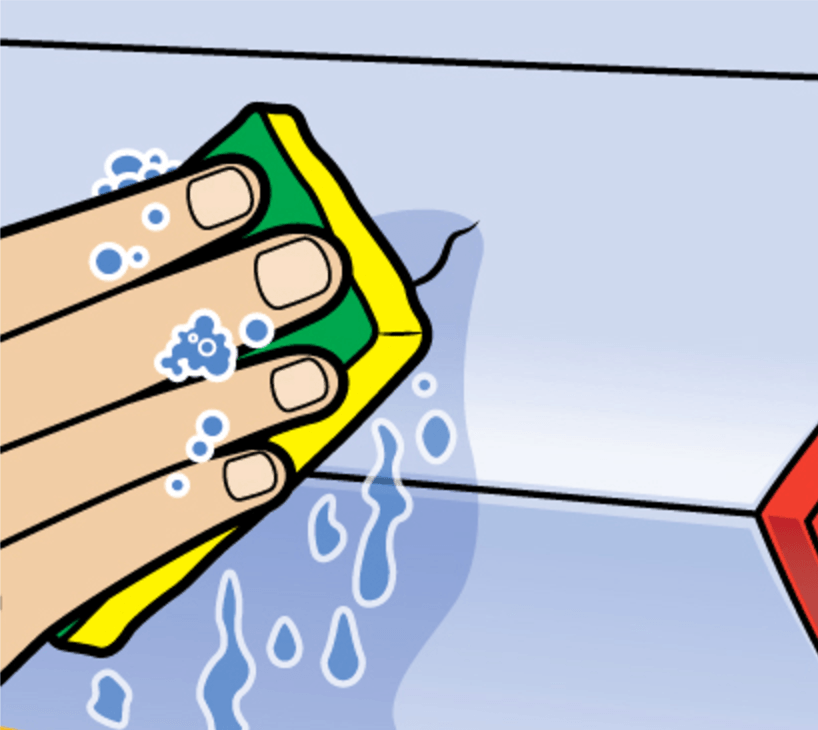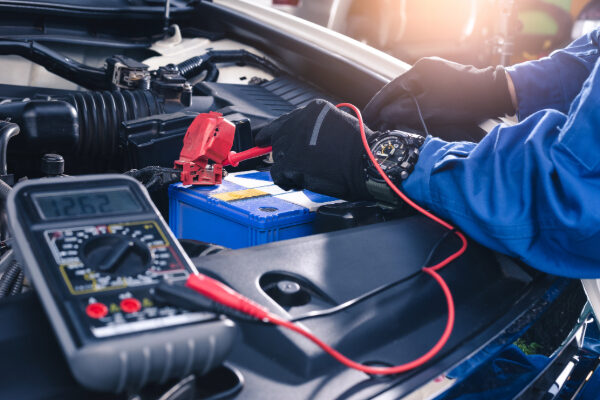
Eliminate small nicks and blemishes on your auto without paying a pro
Maybe a grocery cart went awry in a parking lot and hit your car, or your keys scraped the door handle. Either way, you know what that means: a nick or scratch in the finish. Left untouched, a minor cut could lead to rust down the road, so you’ll want to get it patched up.
Sure, you could pay someone to make the blemish vanish, but you may be able to take care of it yourself. Many small scratches can be easily fixed right in your own driveway.
Survey the damage
First, evaluate the magnitude of the damage. Examine the scratch carefully, and use your hand to determine how deep the scratch is. If you can’t feel the scratch, it hasn’t pierced the clear coat of paint most newer vehicles have above the base color paint. If you can feel the scratch, it probably hasn’t gone past the base color paint to the metal. If you can see bare metal, it’s a deep scratch.
Try these techniques
Unless the scratch is considerably long and/or wide, or there’s a big chunk of base color paint missing, you can still do the job yourself. Try these techniques to get it done right.
- If the scratch hasn’t gouged the clear coat of paint, use a mildly abrasive liquid rubbing compound (your auto parts store can recommend one) on a clean microfiber towel to buff out the scratch. Rub across and down the length of the scratch until it disappears. Follow with an application of car polish.
- Scratch gone beyond the clear coat? Still not a big deal. Start with abrasive liquid rubbing compound and a dual-action orbital polisher (again, your auto body shop can provide an effective one). Move the polisher back and forth and in circles over the scratch. Once the scratch is gone, use car polish as directed above.
- A deep scratch means a little more work. Start by lightly sanding the scratch with ultrafine sandpaper. Use slightly soapy water while sanding, using light short strokes at various angles. Continue until the scratch is gone. If the deep scratch and subsequent sanding left you with bare metal in spots, you’ll need to touch up the paint. Match the color by bringing your VIN number to the auto parts store. You might also find the name of the paint color listed inside the doorframe. Apply the paint using a Q-tip or toothpick, building up the paint so it’s higher than the car surface. Let dry for at least an hour, sand lightly with 800-grit sandpaper, then use the same technique for small scratches to finish the job.



